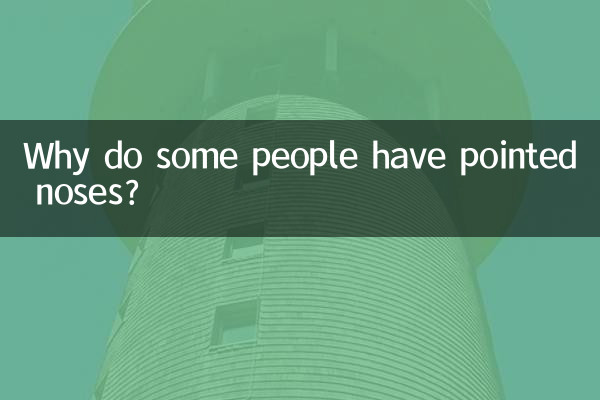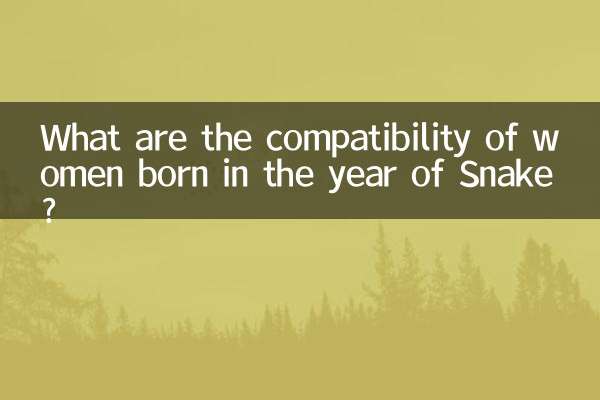Why do some people have pointy noses? ——Multidimensional analysis from genetics, environment to cultural aesthetics
In the past 10 days, discussions about "nose shape" have become increasingly popular on social media, with the "pointy nose" feature becoming the focus. From genetics and environmental factors to cultural differences in aesthetics, curiosity about this phenomenon continues to grow. This article will explore this topic through structured data and multi-angle analysis.
1. Overview of hot topic data on the entire network in the past 10 days

| Ranking | Topic keywords | Number of discussions (10,000) | Main platform |
|---|---|---|---|
| 1 | nose shape genetics | 28.5 | Weibo, Zhihu |
| 2 | Celebrity nose comparison | 22.1 | Douyin, Xiaohongshu |
| 3 | Regional differences in nose shape | 15.7 | Station B, Hupu |
| 4 | plastic surgery trends | 12.3 | SoYoung, Douban |
2. The biological basis of the pointed nose
1.genetic factors dominate: Research shows that 60%-80% of the shape of the nose tip is determined by genes. For example,DCHS2andRUNX2Genes are significantly related to nose bridge height and nose tip protrusion.
2.Structural differences between bone and cartilage: The sharpness of the tip of the nose depends on:
| Crowd classification | Nose tip angle (average) | Typical areas |
|---|---|---|
| Caucasian race | 85-95° | Europe, North America |
| East Asian race | 100-110° | China, Japan and South Korea |
| African race | 120-130° | sub-saharan |
3. Environmental Adaptation and Cultural Influence
1.climate adaptability theory: People in cold areas have more prominent nose tips, which helps to heat the inhaled air (such as Northern Europe); in hot and humid areas, the nose wings are wider and the nose tips are rounder and blunter (such as equatorial areas).
2.Changing aesthetic standards: Data from plastic surgery hospitals in the past five years show that the number of surgeries requiring "nose tip reduction" has increased by 40%, reflecting changes in contemporary aesthetic preferences.
| Era | Ideal nose shape characteristics | Represent the star |
|---|---|---|
| 2000-2010 | Naturally rounded | Liu Yifei |
| 2011-2020 | Tall and three-dimensional | Dilireba |
| 2021-present | Slightly pointed type | Zhang Yuanying |
4. Special cases from a medical perspective
1.pathological pointed nose: For example, "aquiline nose" may be caused by the overdevelopment of the nasal septum, and the proportion that requires surgical correction accounts for about 1.2% of the population.
2.traumatic changes: The nose tip deformation rate of professional athletes (such as boxers) due to cartilage damage is as high as 17%.
5. Social Psychology Observation
The survey shows that 68% of the respondents believe that a pointed nose gives people a "smart" and "strong" first impression, while a round nose is more "affable". This stereotype affects workplace evaluations and even marriage and relationship choices.
Conclusion:Whether your nose is pointed or not is the result of the combined effects of genetic lottery, environmental adaptation and cultural construction. In today's pursuit of personalized aesthetics, understanding the scientific logic behind it may help us view the diversity of physical characteristics more rationally.

check the details

check the details